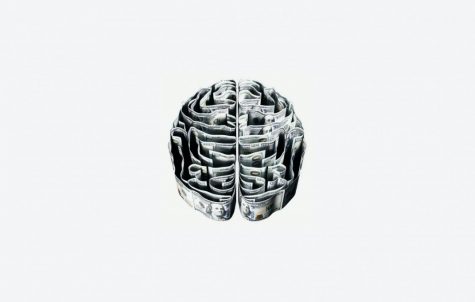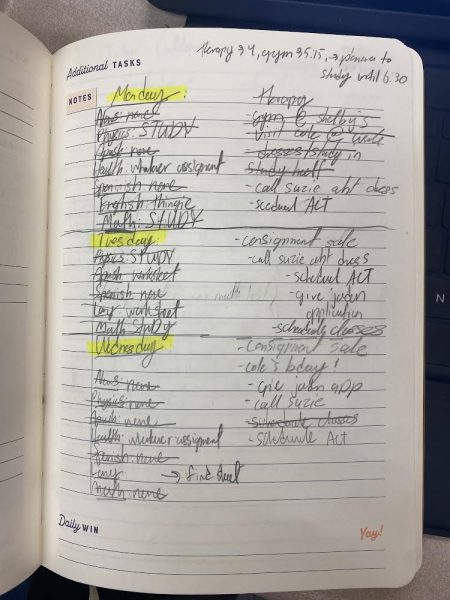Liar, Liar
Would you trust your car to get you from point A to point B if it was reliable only 70% of the time? The constant anxiety and fear every time you drive on the highway or stop at an intersection that your car has a great chance of putting your life on the line. A car that is only 70% reliable would be deemed not trustworthy and would be difficult for many people to place their trust in to keep themselves and others safe.
In a different yet similar matter, Polygraph tests are quoted by critics to be accurate only 70% of the time, but are used to give a general direction between guilt and innocence during interrogation and investigation.
Polygraphs, or commonly known as the lie detector test, is an instrument used to read and record the signs of the involuntary nervous system, or the autonomic nervous system. The autonomic nervous system in our body produces involuntary functions that even whenever we are trying to lie and hide the fact we are lying, our body still reacts without any effort. The polygraph reads these reactions, which are increased heart rate and blood pressure, respiration, and skin conductivity. These are measured by different devices hooked up to the body, such as a pneumograph wrapped around a person’s chest, a blood pressure cuff and electrodes attached to fingertips.
 The lie detector was first invented in the 1920s by John Larson, who was a medical student at the University of California and a police officer. The person was placed in the chair with galvanometers on their fingers to measure perspiration, a blood pressure cuff, and pneumographs. The results used to be recorded on paper, and oddly enough Larson later on withdrew the support for his own invention.
The lie detector was first invented in the 1920s by John Larson, who was a medical student at the University of California and a police officer. The person was placed in the chair with galvanometers on their fingers to measure perspiration, a blood pressure cuff, and pneumographs. The results used to be recorded on paper, and oddly enough Larson later on withdrew the support for his own invention.
On October 22, 1989, Jacob Wetterling went missing at the age of 11 (https://www.apa.org/research/action/polygraph). He was kidnapped while riding bikes with his friends and was believed to be murdered that night. His father was subjected to a lie detector test by the police, who failed the first time over one question. Jacob’s body was found almost 27 years later, on September 1, 2016.
“They are not admissible in court as we speak today, and the reason is that it’s not an exact science. But they are valuable for an investigator. They can tell you which way to go in a lot of cases,” said Al Garber, a former FBI agent and U.S Marshal for the District of Minnesota, who was an investigator in the Wetterling case. Other particular cases that arise much frustration with much lie detector involvement is serial killer Gary Ridgway, (aka the Green River Killer), who was convicted of 48 separate murders, passed the polygraph in the 1980’s and 1990’s. On the flipside, Bill Wegerle, who was suspected of murdering his wife in 1986 when he failed a polygraph, but DNA evidence proved that the murder traced back to the BTK killer, Dennis Rader.
Trooper Blaine R. Henderson of the Pennsylvania State Police Department and is an expert in polygraphs, and has had his own experience with cases involving lie detector tests. They have sped up the investigation process and have been helpful in situations in crimes in which the only witness was the victim with a lack of physical evidence. The polygraph can be used to determine if an accused suspect was in fact involved or is being accused with false allegations.
“I have had cases where a person is falsely accused or suspected of a crime and the polygraph test and interview has cleared them from further investigation. In one case in particular, a man was suspected of homicide and the interview and polygraph examination I administered showed that he was not involved. Approximately two years later physical evidence linked another man to the crime and he was charged with the murder.” said Trooper Henderson.
Trooper Henderson also elaborated on the fact that even though polygraph tests are not admissible as evidence in court, the previous admissions of guilt before, during, or after the polygraph test are able to be used as evidence.
The accuracy and liability of the lie detector test can depend on the equipment of the test and how the test was administered, but if the subject being tested does not follow the specific instructions or does not take the test seriously, it can guide the results in the wrong direction.
“If the examinee follows the instructions and doesn’t do anything to intentionally manipulate the test results (e.g. moving in the seat, taking deep breaths, or coughing before a question) then the chart data is easy to interpret and the results are more reliable and accurate.” said Trooper Henderson. “Oftentimes examinees don’t follow the instructions and test results are considered “inconclusive”.
Though polygraphs cannot be used and applied to any proof beyond reasonable doubt when establishing convictions, they are a great use of characterization and can be an indicating factor as a judgment of one’s character.
“I would not hesitate to take a polygraph test. I believe that if a person is innocent and follows the examiners and instructions, they can prove their innocence in cases where they were falsely accused of a crime,” concluded Trooper Henderson.













